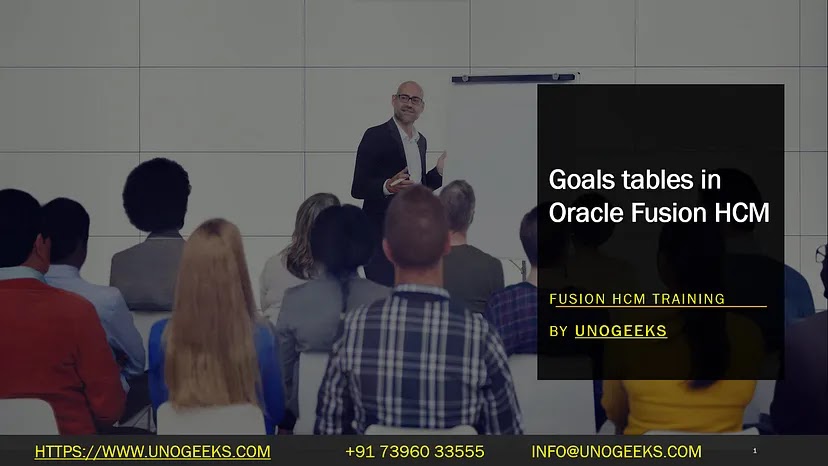Oracle Fusion HCM Enterprise Structure
Oracle Fusion Human Capital Management (HCM) is a comprehensive suite of modules and functionalities designed to manage an organization’s human resources. One key element of Oracle Fusion HCM is its Enterprise Structure, which is essentially a representation of the legal and organizational makeup of the company in the system.
Components of Enterprise Structure in Oracle Fusion HCM
- Enterprise: This is the topmost level and represents the entire organization. It usually corresponds to the legal entity.
- Legal Entity: A legal institution with rights and duties, like entering into contracts or owning property. Countries or jurisdictions have specific regulations and requirements for legal entities.
- Business Unit: This is a division within a legal entity that can perform business independently. It has its own set of rules, policies, and workflows.
- Department: Units within a business unit, usually centered around a specific function like HR, Sales, etc.
- Grade: This represents a level within a job or position hierarchy.
- Location: Physical addresses where the business operates, be it an office, warehouse, or retail store.
- Position: Specific roles within a department.
- Job: A generic role definition that can be mapped to multiple positions.
- Assignment: An employee’s current role, which includes information like job, position, grade, location, etc.
Benefits
- Flexibility: It allows businesses to configure their organizational structure according to their specific needs.
- Scalability: As the business grows or changes, the enterprise structure can be easily adjusted.
- Regulatory Compliance: Helps in aligning the HR functions according to the different legal and jurisdictional requirements.
- Data Segregation: Allows for effective data management and reporting by segregating data at various structural levels.
Configuration
Setting up the Enterprise Structure usually requires a deep understanding of the organization’s unique requirements and often involves collaboration between HR, IT, and legal teams.
Common Pitfalls to Avoid
- Over-Complexity: A too-complicated enterprise structure can be difficult to manage.
- Inconsistent Data: Make sure to maintain data consistency while setting up the structure.
- Lack of Future-Proofing: The structure should be adaptable to future changes.
Our Oracle Fusion HCM Demo Session:
You can find more information about Oracle Fusion Technical Service in this https://docs.oracle.com
UnoGeeks is the №1 Training Institute for OIC. Anyone Disagree? Please drop in a comment
You can check out our Oracle Fusion HCM class details here
Top Oracle Fusion HCM Online Training | Learn HCM Online | UNOGEEKS
You can check out our Oracle Fusion HCM blogs here
Oracle Fusion HCM Archives — UnoGeeks
Follow and connect with us:
— — — — — — — — — — — -
For Training inquiries:
Call/Whatsapp: +91 73960 33555
Please mail us at info@unogeeks.com
Our Website ➜ https://unogeeks.com
Follow us:
Instagram: https://www.instagram.com/unogeeks
Facebook: https://www.facebook.com/UnogeeksSoftwareTrainingInstitute
Twitter: https://twitter.com/unogeeks
#oracle #oraclefusion #oraclefusionHCM #FusionHCM #HCM




Comments
Post a Comment